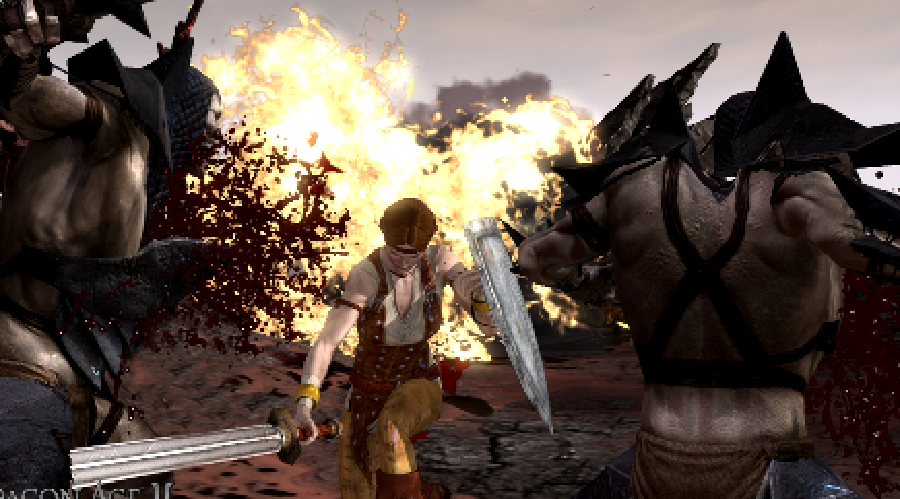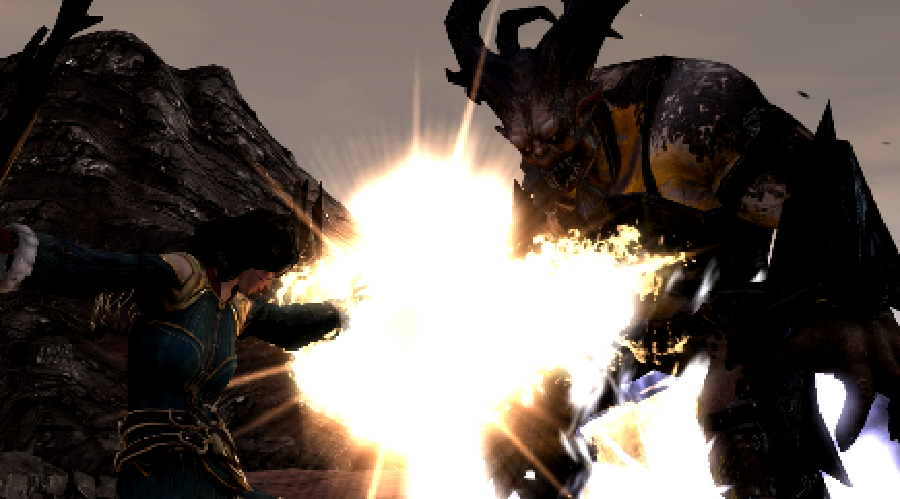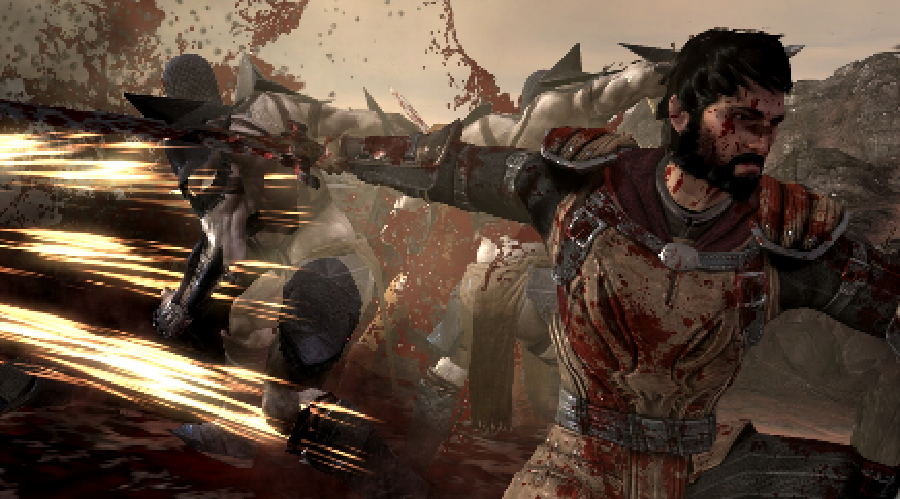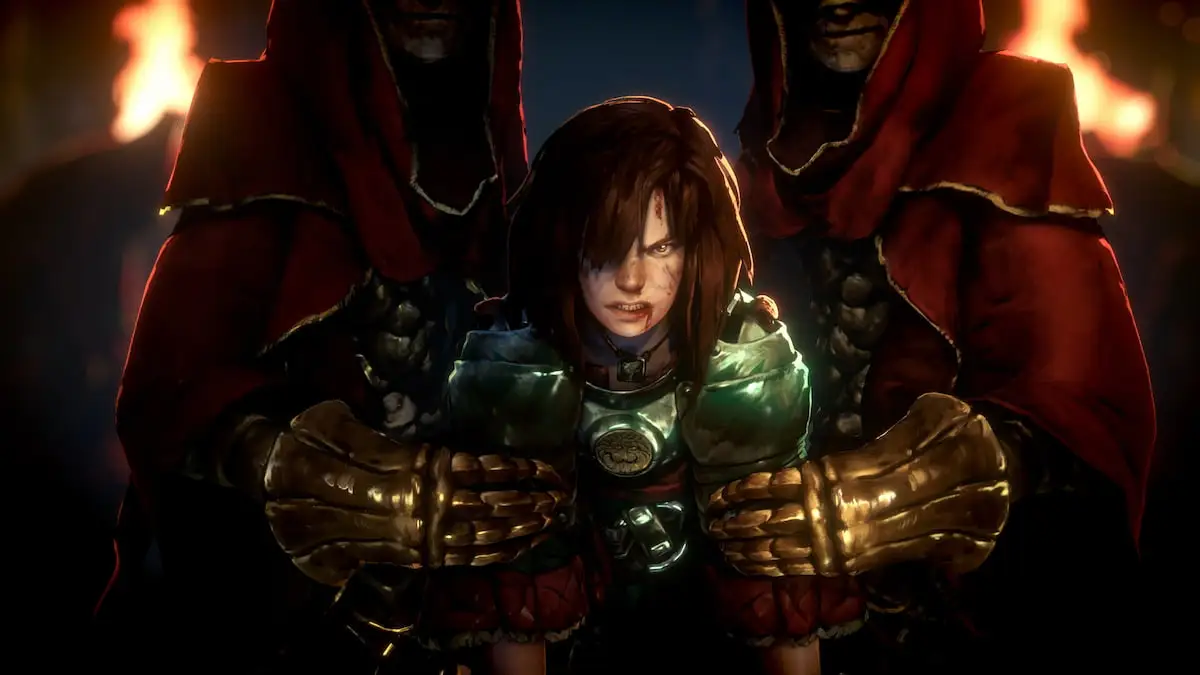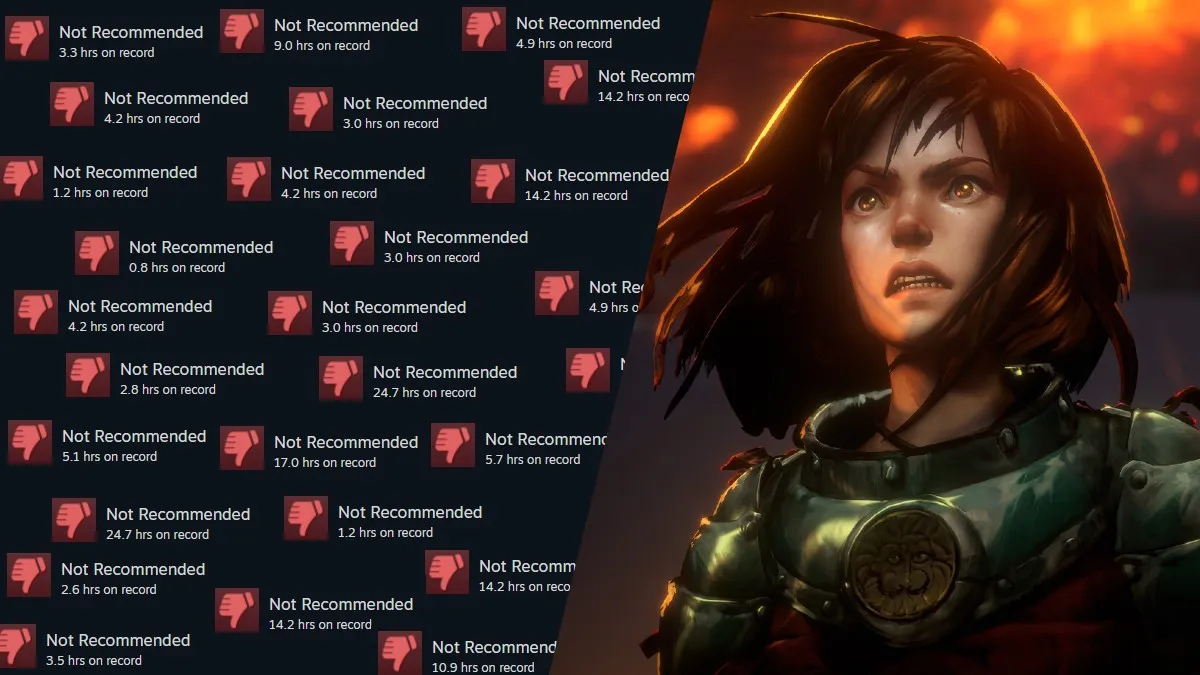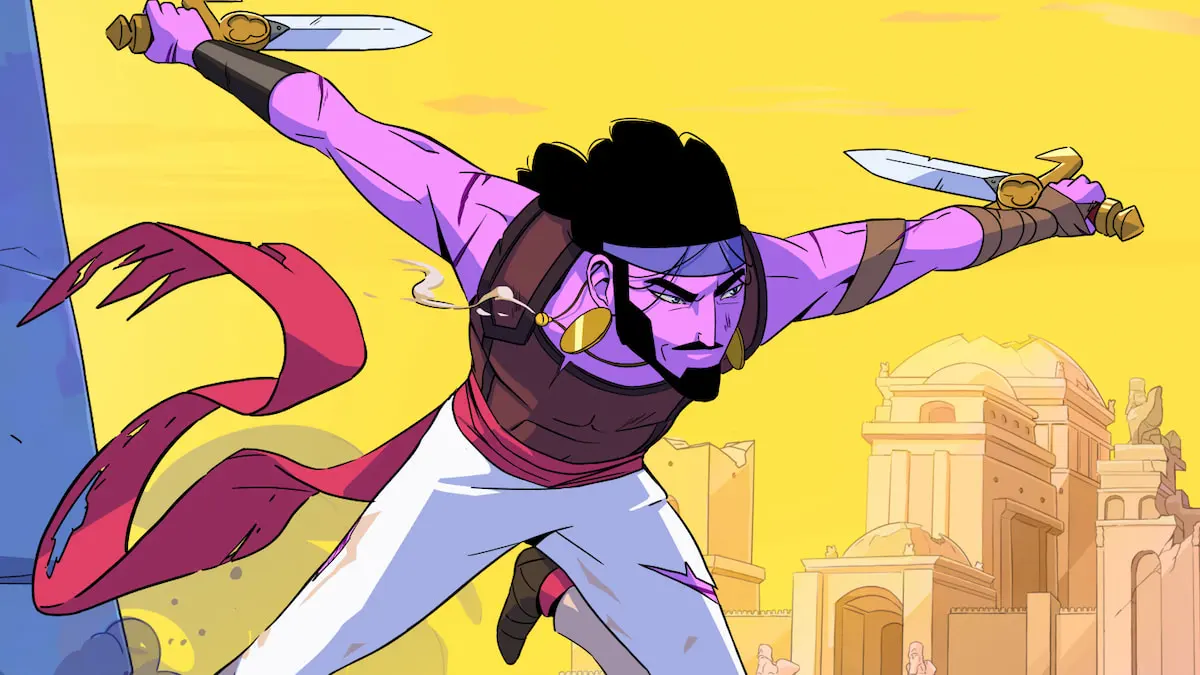Dragon Age II is a proper BioWare epic, which, if that means nothing to you, means you’ve been missing out. The company consistently instill a certain charm to their games that seems to emanate across their whole range. Whilst the themes involved are often quite adult, it’s this very fact that causes the games to be rather unique; they don’t treat you like a child.
It hasn’t been too long since BioWare took their first step of recent years back into the world of monsters, mages and mana but it’s looking like a lot’s been done even in that small window. The graphics have been improved significantly with not just a boost to texture detail but a massive change of art style, something very carefully thought out to achieve a very distinctive style. It’s all too easy in the world of fantasy to end up looking like every other magic-filled RPG and BioWare have been very aware of this.
One major difference you’ll find in Dragon Age II is that gamers will be playing a much more defined character. Where we saw huge emphasis in Origins on playing through the very individual back story of the player’s particular class of choice, this game is, and always will be about Hawke, and his/her rise to legendary status.
The game still has the option to become something of your own in terms of story, as you’ll apparently be able to be a little fruity with the details within the confines of it’s framed narrative (we’re being told the story by a bloke in a chair, like the Princess Bride, only sadly it isn’t Columbo).
It seems BioWare have been taking a few leaves out of their own book, specifically the Mass Effect one. This means cinematics are done with far more splendor, we’ve now got a handy dialogue wheel and the main character actually speaks out loud.
When playing through the demo it becomes apparent we’ll probably be spending a lot of time the very carefully rendered city of Hightown. Missions are accessible from here and are brought to your attention in a very fluid, very BioWare fashion, with cinematics and conversation frequently taking precedent over menus and HUD.
There’s a notable element of realism and depth to the characters in this title, helped massively by the voice acting of some very professional, experienced actors.
The monsters seem to have had much more attention paid to both their build and movement; animation being a much smoother affair and design, they’re decidedly more slick than the last title. The animation and graphics have in fact been improved all-round. Battles are now a whole lot more refined while cut-scenes have been directed with significantly more flair.
Those playing on PC are able to use the tactical view, which lets players explore the battlefield before making their moves to assess their approach.
Combat can once more be approached by choosing to pause the action and pick your moves. If that’s not your thing though, running round and smashing your enemies with your fists or magic is entirely an option. This could cause problems at points though as not everything is easy to kill without putting in a bit of planning.
As we detailed in our preview, the stat-building involves a whole load of stuff you can play around with, or if you’d prefer simply ask the game to auto-level up your characters.
Dragon Age II features three main classes, Rogue, Mage and Warrior, with specializations to explore within these. Every class has its own use for stamina and mana, resources that will of course deplete with usage.
The Rogue class is a pretty good all-rounder, with the option to fight within spitting distance or fire missiles from a little further afar. The class seems to be the choice for the more indecisive role-player; for those not too into the idea of constantly casting spells or beating people the way a Mages or Warriors do.
Mages are full of interesting, tactical spells, possessing the ability to slow, weaken or disenchant a foe. They’re also capable of enhancing the abilities of their companions by adding elemental damage to their weapons, healing their buddies when needed, or quickening the team’s pace with haste.
Warriors are the more melee-based, physically adept members of the team, and focus solely on absorbing damage from multiple enemies and landing brutal close strikes. The warrior’s stamina is used to perform special attacks throughout battles. Their ability to endure lengthy onslaughts of abuse is particularly useful for keeping the attention of several foes at once while your more ranged team members attack from a distance.
The combat is deliberately much more of a fluid, dynamic affair, the devs being keen on creating something with a much more responsive and immediate feel than the game’s predecessor.
We’ve only seen a very limited view of what we’re promised is a huge game, so it’s hard to reveal much more just yet. Expect to see more in the near future though as we’ll be getting a hands-on look at some point not too far away.


